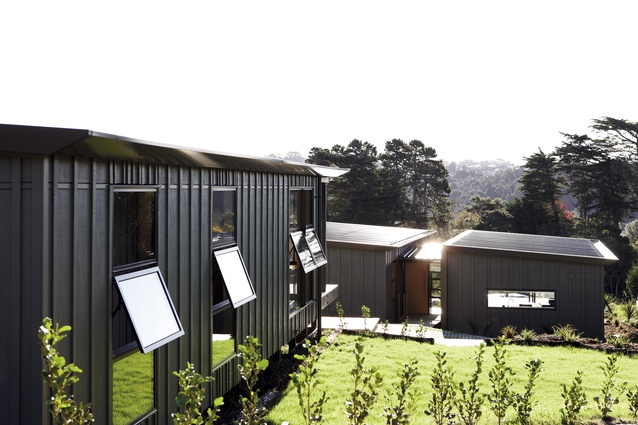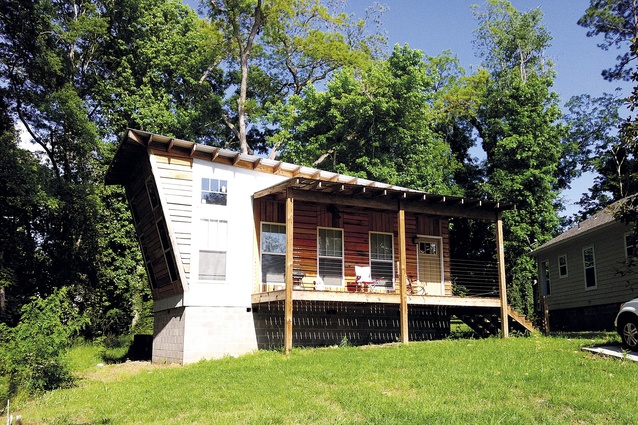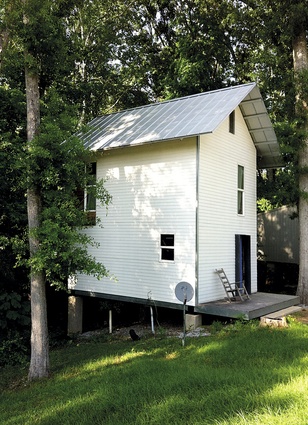Social housing
Social housing has an heroic history in New Zealand, albeit rather ancient history now for it is almost 80 years since the Labour Party, flushed with the excitement of its first term in office, introduced the state housing programme which went on to transform suburbs throughout the country. Much has been written about these houses which, if not entirely without precedent here, were certainly the first major attempt to solve ‘the housing problem’ by decisive action on a large scale. They were of good quality for their time and the fact that many of them are still sound and occupied with satisfaction is a testament to the skills of their designers and builders, and to the materials used in their construction. But 2013 is not 1935 and, while both standards and expectations (hopefully) improve, some problems persist. In the second decade of the 21st century, New Zealand again faces a housing crisis, public attention is drawn to slums and the health and welfare issues which emerge from them, and money to solve the problems is in short supply.
Issues of design and construction, of materials and technologies, have changed significantly since that time. Family structures, patterns of living and environmental consciousness are also very different. But some of the problems that need to be solved are straightforward. It is easy to set performance standards appropriate to the present and to find good contemporary precedents for social housing.
There is no shortage of competent architects who know how to make spaces for the population which, in Bill Wilson’s resonant phrase, will ‘enable people to live with dignity’. These are not the real obstacles. More significant are questions which precede design and ask: how land can be acquired and, if necessary, aggregated at a reasonable price; how a depleted building industry, already at full stretch, can increase its output; and how finance can be secured so that people on median incomes can afford what can be built.
The first and most complex issue which precedes even these is governance and only when this is settled can a viable scheme for producing low-cost housing be established and managed. But governance needs to be accompanied by a determined vision. One remembers that the housing of the First Labour government was blocked until John A Lee bludgeoned Finance Minister Walter Nash into agreeing to make funding available for the programme at the low rate of 1.25 per cent using the credit of the state. But, by 1938, almost 6,000 state houses a year were being produced when the population of New Zealand was no more than about 1.6 million, so it is certainly possible now, with almost three times the population and far more sophisticated technologies, to build 10,000 houses a year.
Evidently, there are many things about affordable housing which are not architectural issues but which need to be sorted out as necessary preconditions to the development of architectural and planning designs. Underlying even these pragmatic issues, of course, is a foundational question, one which is most important of all and to which housing is no more than a partial answer: how can a scheme for housing become a programme which will promote sustainable communities?
It seems clear that future provision of most, if not all, social housing will be by private developers. There will be no revival of the Ministry of Works nor of the Department of Housing Construction. Design will be in the hands of private architects too. None of the political parties has suggested, or is likely to suggest, any different model of delivery. Government agencies might and should, however, set performance standards. A hybrid model that should be considered would involve the government leaving the vast bulk of the work of building low-cost housing to others but entering into a limited number of contracts itself, directly engaging architects and builders to create pockets of experimental housing. This would enable design and performance standards to be not only set but also tested. Against these ‘experiments’, the offerings of private developers could be measured. The results would act as benchmarks to keep developers honest and would provide a chance to take some of the risks that private enterprise might prefer to avoid. Such a programme, a series of ‘case-study houses’ dealing with low-income accommodation, could function as an evolving series of explorations publicising the overall programme and leading to progressive incremental improvements.
An alternative model is operating in rural Alabama although there’s a prize for whoever can find a way of replicating it here. There, students from Auburn University working in their Rural Studio programme design single-family dwellings of 60m2 which can be built for a total cost of US$20,000 – inclusive of the contractor’s labour which averages three people for six weeks.
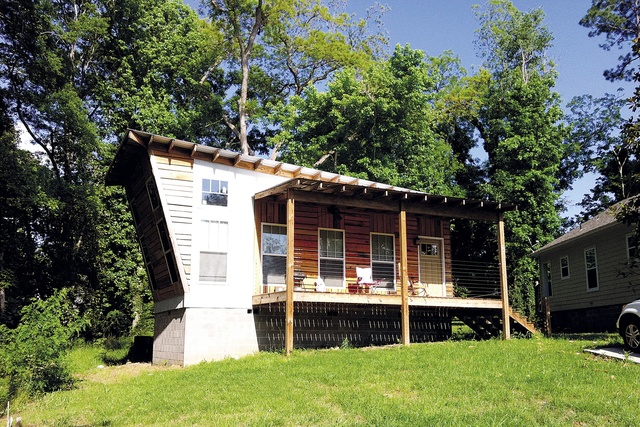
Land values are separate but land is cheap in these outlying parts of the state. How can this be done? Well, it appears that every US citizen is entitled to a federal housing grant of $20,000 as-of-right and this sets a costs target. But the critical issue is that Alabama, reputedly the second-poorest state in the Union, can’t afford to maintain any building control over its rural districts and all these houses (like a vastly greater number of others of inferior quality) are built free of consents and inspections.
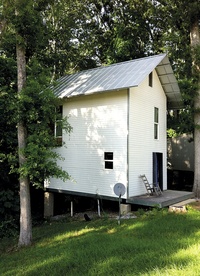
This is dreamland but the project of creating a New Zealand equivalent – with a cost target of, perhaps, $150,000 – is worthy of an attempt. The fact is that, to make affordable housing, reductions must be made at all points of the housing project: land cost, consents and fees, materials, labour, construction time, financing, operating and occupying.
All these must be reduced by significant percentages if the gap between what a house costs and what a family on a median income can afford is to be bridged. Estimates put this gap at about $100,000, although the way costs are increasing, at least in Auckland, it may be $150,000 by the time this goes to print.
It’s also worth remembering that designers need to have a genuine understanding of what’s important to the people, unknown to them as individuals, who are likely to be living in low-cost or social housing. Paul Pholeros cites the case of one of the most significant improvements to the health of aboriginal people in Australia being achieved, not by any major design effort on their houses but by concreting around the tap in the yard – with an immediate reduction in mud, flies and insect populations there and thus an improvement in human health. Others have proposed that architectural input to tract housing might be limited to no more than adjustments to planning and orientation leaving form, materials and details as they are – which is usually at a level that has been ruthlessly explored to be as cost efficient as possible.
In low-cost housing there is little opportunity for architectural gestures. But that’s OK because affordable housing isn’t about architects but about people who need the skills architects can bring to bear on their problems even though they can’t afford to engage them directly.
Zaha Hadid said that there was no great architecture without a social programme. If that’s true then we might well have some great architecture coming up because the social programme is unquestionably present.

